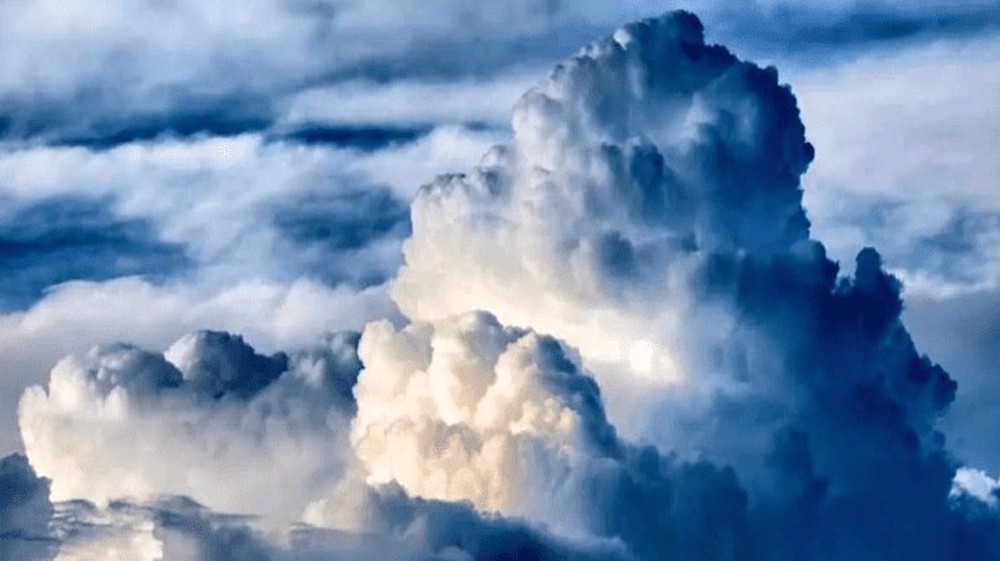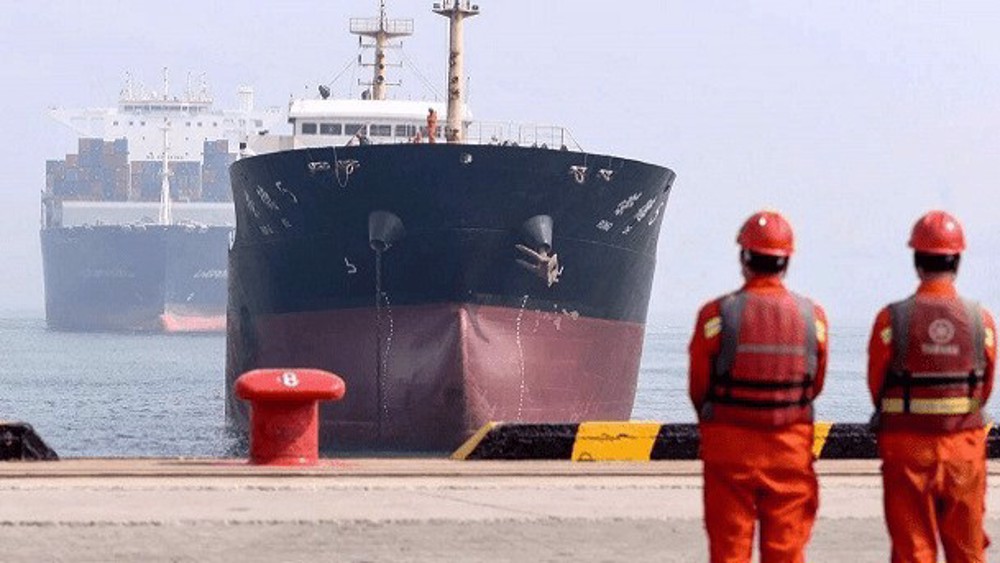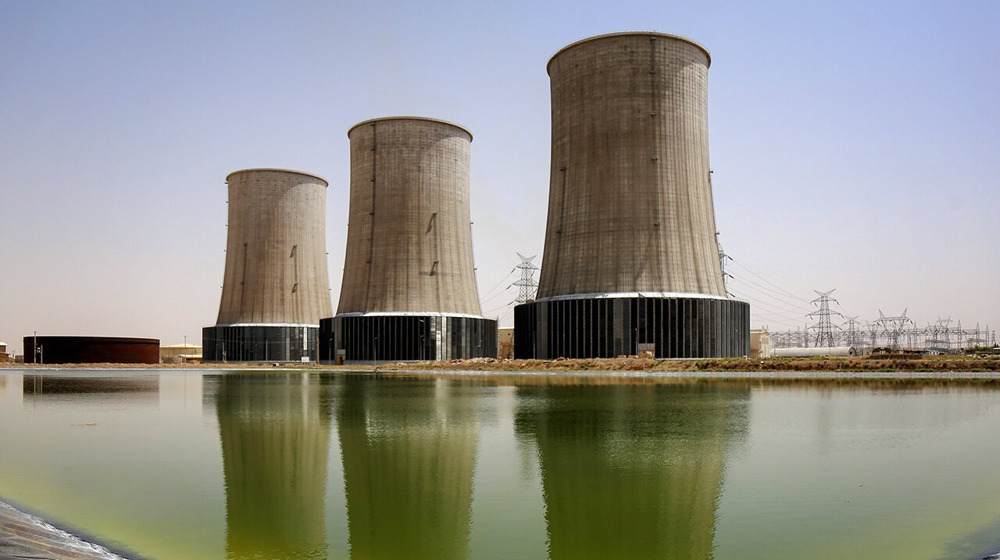Iran’s gas is the answer to world’s energy woes
With the role of natural gas in future power generation being under debate by world countries amid a race to dramatically reduce carbon emissions, Iran is hosting a ministerial meeting of the Gas Exporting Countries Forum (GECF).
Organizers say the meeting is an opportunity to exchange views among the member and observer countries as well as experts and specialists in the gas industry about the mechanism of consensus-building and strengthening communication and coordination on supply policies and related affairs.
While the future role of gas in the energy mix is the source of much contention among countries, the global gas consumption grew unprecedentedly in 2023, GECF Secretary General Mohamed Hamel told the forum’s opening in Tehran on Sunday.
He touched on the resilience of gas to regional conflicts and geopolitical strains which have exposed significant fragilties in the post-pandemic global energy system. Since the formation of the GECF in Tehran in 2001, global demand for natural gas has grown 70 percent, Hamel said.
The race to rapidly decarbonize and digitize the global economy under the net zero energy initiative has been subsumed by geopolitics that remains anchored in realist power struggles. The Ukraine war has undermined interdependence and prompted unprecedented levels of economic statecraft.
The need to rapidly move away from fossil fuels and fossil raw materials has exposed countries to a myriad of compliance risks with dire financial repercussions, leading to deepening instability, injustice and energy poverty.
Even the most optimistic clean energy projections indicate that by 2050, at least half of the world's energy needs will still come from oil and gas resources. Hence, the rush to eliminate fossil fuels from the global energy system is unrealistic, threatening the world's energy security.
According to the Energy Studies Institute of the International Energy Agency, gas will continue to play a significant role as a clean and cost-effective fuel in the global energy mix, accounting for 28 percent of the total by 2050. Forecasts indicate that by 2050, natural gas production and consumption will increase to more than 5.9 trillion cubic meters per year.
Asia-Pacific has emerged as the world's largest net importer of natural gas. In 2023, China was the largest consumer of natural gas in the region, with around 405 billion cubic meters. Japan was the second-largest, with a consumption of around 92.4 billion cubic meters. The region’s gas consumption is forecast to hit 1.6 trillion cubic meters by 2050.
Also, predictions show that the largest share of the increase in natural gas production in the world will be from Russia, Iran, Qatar, and Turkmenistan.
Hence, the role of the Gas Exporting Countries Forum as a leading platform for dialogue and cooperation in order to provide a level of stability beneficial to both exporters and consumers and supporting the gas industry which requires significant effort and financing is of particular importance.
Iran, as the second largest holder of gas reserves in the world, has an important role to play in the gas diplomacy and guarantee its national interests and the interests of the other members.
The GECF countries hold 70% of the world's proven gas reserves and produce some 40% of the world’s gas.
Despite years of sanctions, Iran has made significant progress in expanding its gas sector. The country now produces 275 billion cubic meters of natural gas annually, and gas accounts for more than 70 percent of its energy consumption.
Iran’s overall proven natural gas reserves excluding shale gas deposits and huge hydrocarbon reserves in the Sea of Oman and possibly the Persian Gulf and Caspian Sea are put at 34 trillion cubic meters, or about 17.8% of world's total.
Assuming that the current unbridled consumption of about 250 billion cubic meters per year continues and with the pessimistic assumption that no new gas fields are discovered in the coming years, the existing supplies are enough to meet Iran’s needs for the next 130 years.
With investment and production from unconventional shale reserves which the country has already discovered, Iran’s gas supply capacity can rise more than twofold in the coming decade.
Exploratory research in the Sea of Oman has indicated the existence of gas hydrate reserves in Iranian waters in larger quantities than the huge South Pars field.
Further development of more than 20 fields currently producing gas can add another 500 million cubic meters a day to the country's gas production capacity.
This huge capacity can be tapped to supply gas to the world markets through building new pipeline networks to neighboring countries and sending LNG to the rest of the world.
VIDEO | Germany considers Tunisia for migrant 'return center' plans
VIDEO | UK protesters show solidarity with Palestinians at Christmas
VIDEO | UK digital ID cards spark debate over immigration control, security
VIDEO | Press TV's news headlines
US advised to respect Iranian people, their elected establishment: FM
Trump admin. asks transportation body to share passenger names in expanded deportation push: Report
UN sounds alarm over record Palestinian displacement, surge in illegal settler attacks in West Bank
Iran emerges as global fertility hub, blending innovation, research and scientific excellence










 This makes it easy to access the Press TV website
This makes it easy to access the Press TV website